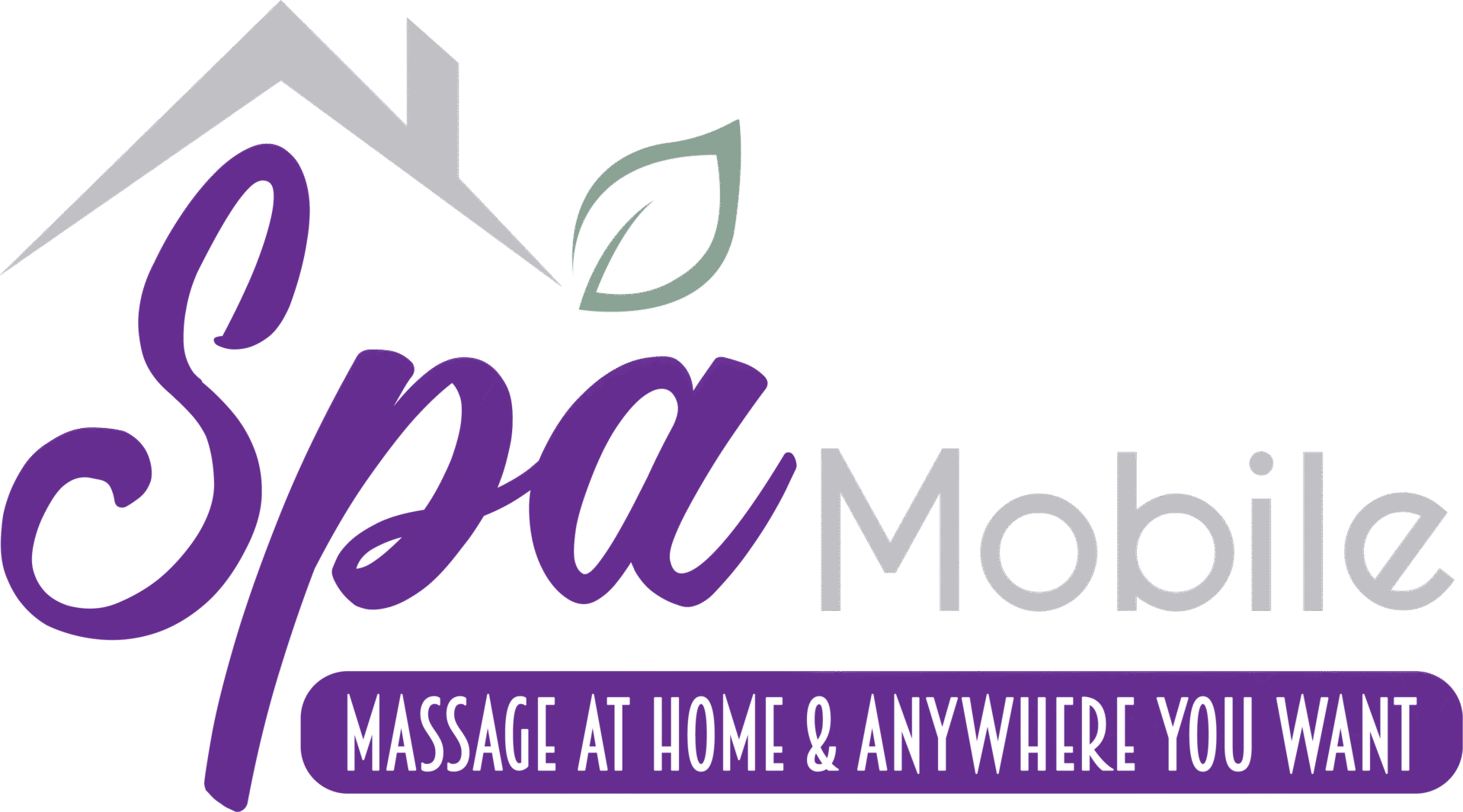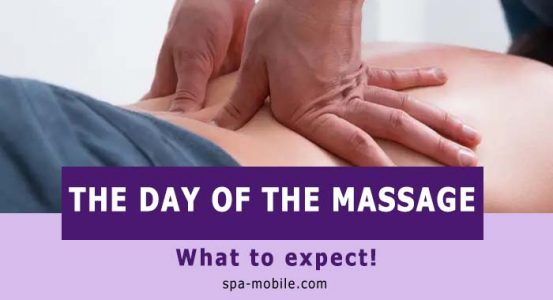- What is Swedish Massage?
- Purpose of Swedish Massage:
- What Happens During a Swedish Massage?
- What to Expect at Your Massage:
- 5 Techniques of Swedish Massage:
- Effleurage
- Petrissage:
- Tapotement:
- Friction:
- Vibration:
- Benefits of in-home Massage Therapy:
- Relaxation:
- Improved Circulation:
- Pain management:
- Increases Flexibility & Range of Motion:
- Relieving stress:
- Support Healthy Immunity:
- Relieve Headaches:
- Decreased Fatigue:
Swedish massage is one of the foremost common and effective massage therapy modalities. It is an exciting combination of light to firm gliding strokes, integrated with stretching and ranging of the joints; it’s a process that promotes total relaxation and muscle tension release. Swedish massage therapy is the most well-known and widely practiced therapeutic massage—and for good reason. This massage focuses on muscle relaxation, targeting superficial muscles (rather than the connective tissues targeted in deep-tissue massage) and increasing blood circulation. Unlike strictly pressure-point massages like Shiatsu or stretching techniques like Thai massages, in which a masseuse manipulates you. In contrast, on the ground, Swedish massages reinforce circulation and blood flow to the massive muscle groups.
What is Swedish Massage?
Swedish massage is the most typical and best-known sort of massage within the West. Swedish massage is the best place to start if it is your first time or you aren’t getting a massage often. The Swedish body massage consists of many techniques in one session. During this therapy session, the therapist will work with the soft tissues and muscles within the body to restore balance and health. The top result will relax all of the muscles in your body and release any pain or tension. A Swedish body massage may be perfect for anyone who is overly worked and stressed to relax their body and mind. Swedish therapy often relieves muscle tension and is both relaxing and energizing. And it’s going to even help after an injury.
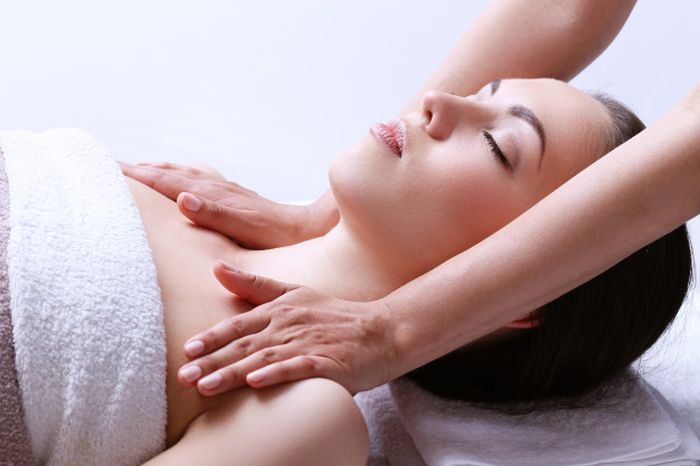
Purpose of Swedish Massage:
The primary purpose of Swedish massage is to extend the oxygen flow within the blood and release toxins from the muscles. Massage helps flush the tissues of harmful deposits like carboxylic acid, uric acid, and other metabolic wastes, improving recovery time from muscular strain. Swedish massage also stretches the ligaments and tendons, keeping them supple and pliable. It stimulates the skin and soothes the nervous system constantly.
What Happens During a Swedish Massage?
In a Swedish massage, the therapist lubricates the skin with massage oil or lotion and performs various massage strokes. These movements warm the muscle tissue, releasing tension and gradually ending muscle “knots” or adhered tissues, called adhesions. Swedish massage promotes relaxation, among other health benefits. Before the massage, the therapist should ask you about any injuries or other conditions that they should realize. Things you would want to inform a therapist include areas of tightness or pain, allergies, and conditions like pregnancy. You’ll also tell them upfront if you’ve got a preference for light or firm pressure.
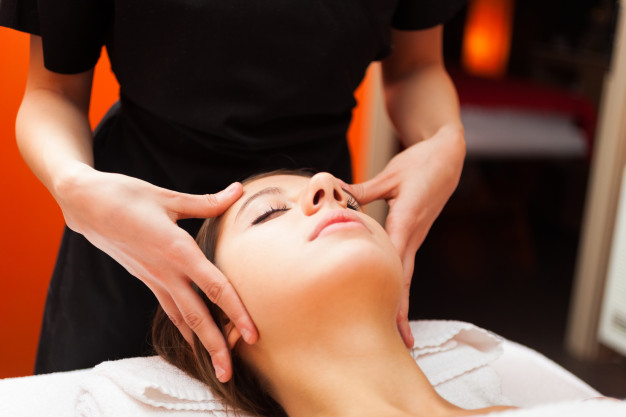
beautiful woman having massage 53419 4927
What to Expect at Your Massage:
Swedish massage experience begins with the client lying on their stomach with their clothes removed and a towel draped over them to take care of privacy. If you’re uncomfortable removing all of your clothes, you’ll prefer to keep some items on, like a bra or underwear. The Swedish massage therapist will slowly progress through the five techniques detailed above as they massage your neck, back, arms and legs. When this is often complete, they’ll ask you to turn it over so that they can concentrate on the front of those areas. Make sure to inform your therapist if there are areas you want them to specialize in or to avoid. Additionally, give your therapist feedback on their pressure so that you remain relaxed and cozy in the least time.
5 Techniques of Swedish Massage:
The popularity of massage as a therapeutic or holistic health tool, beyond just a soothing splurge, has increased. Fans of Swedish massage swear by its overall health benefits, and several studies have examined the technique’s benefits for issues other than stiffness or muscle aches and pains.
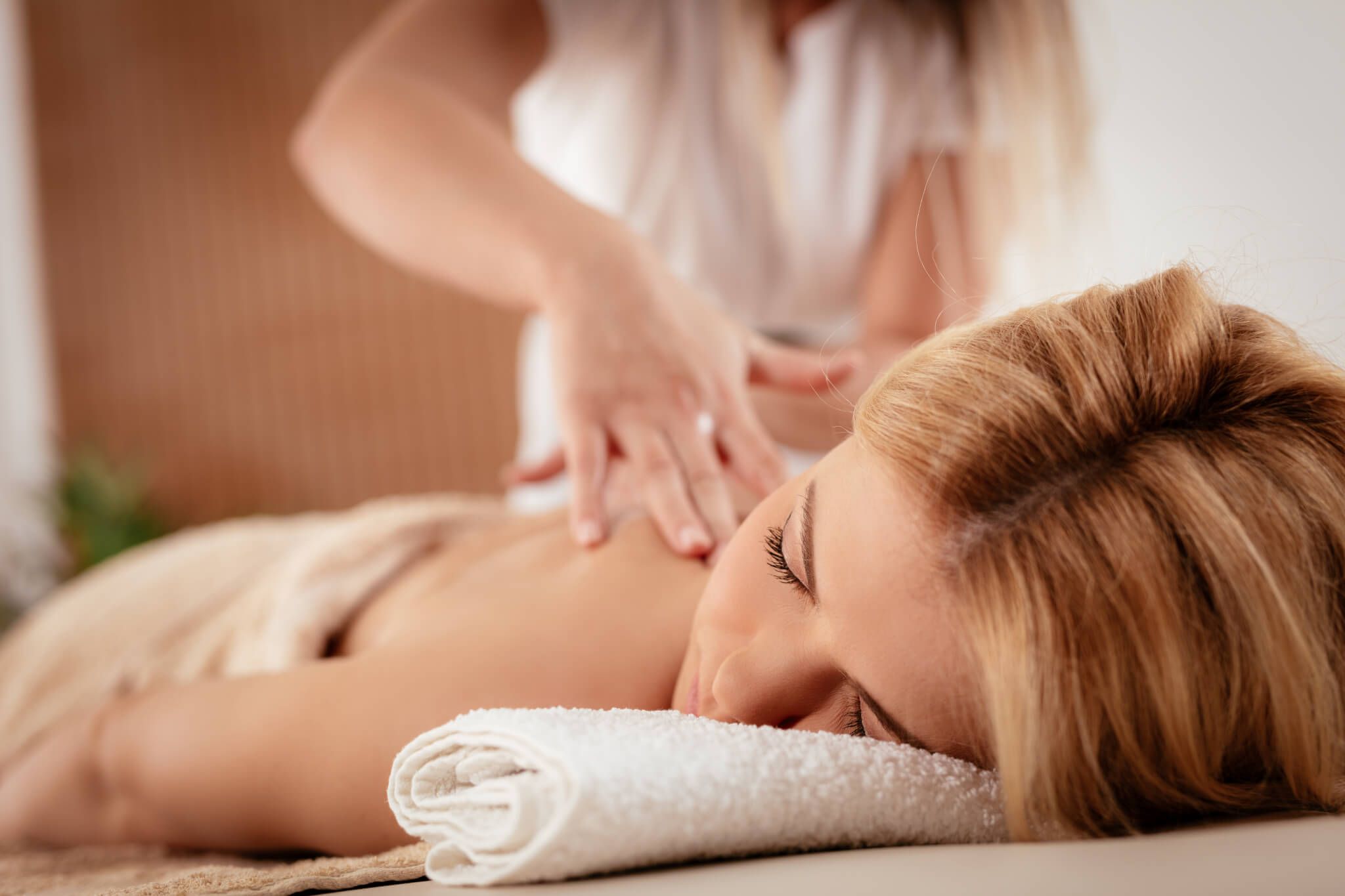
Effleurage
Effleurage may be a smooth, flowing stroke that usually goes toward the guts’ direction to stimulate blood flow. It is often prolonged or short, and generally, it won’t be possible to apply varying sorts of lubrication like oil or lotion to assist the therapist in avoiding pulling on the client’s skin and hair (ouch). Effleurage is typically performed with the therapist’s hands and forearms. An in-home massage therapist usually uses effleurage to soothe the circulatory and parasympathetic systems as they gauge the stress of your body’s tissue. An in-home massage therapist can gather much knowledge of a few people’s connective tissues on the table with effleurage. Is the tissue pliable or rock hard? The depth at which the therapist can enter your muscles depends on the response of the tissue. In other words, the therapist’s hands converse with your body’s related tissue.
Petrissage:
Once a massage therapist features a general idea of the state of your tissue with effleurage, they’ll typically transfer their techniques to incorporate petrissage. Compared to effleurage, petrissage generally features a more substantial effect on soft tissue and includes kneading, squeezing, lifting, shaking, wringing, and rolling. These kneading strokes prompt the movement of cellular fluids by creating space between the myofascial layers and wwhat’scalled “”round substance”” a gel-li ke substance tthat’sfound in eeveryone’stissues—and can move the layers of skin and underlying structures.
Tapotement:
So after your massage therapist has finished with effleurage and petrissage strokes, they’ll usually move toward more stimulating techniques (depending on the length of time they’re applied) that affect the tone and circulation of the soft tissue. One among these techniques is tapotement, which may be a rhythmic tapping, drumming, or cupping of the tissue. Hacking may be a sort of tapotement where the side of the hand is employed during a rhythmic hacking motion on the bbody’ssoft tissue. It is frequently applied to an athlete’s limbs before sporting events to extend circulation to the world.
Many in-home massage therapists use tapotement at the top of a massage session to wake the client up and invigorate them for the remainder of their day. Other therapists use tapotement for extended periods on certain clients, softening the tissue enough to make it more malleable and workable.
Friction:
Friction massage is usually done using a thumb ball or a pointed object. It’s A deep-pressure massage that wipes out small circular or cross-fibre movements to penetrate deep tissues. This process involves pressing on the tissue and rubbing it back and forth over the underlying muscle. Friction is particularly effective at remodelling connective tissue and softening adhesions.
Vibration:
Vibration may be a massage technique during which body tissues are pressed and released in an ” up and down” movement. This often takes the shape of a fine trembling movement applied using the palm or the fingertips of either or both hands. Some advantages of vibration include relaxation, improved nerve function, and muscle relaxation. It can affect superficial body parts, as well as deeper internal organs. Vibration as a massage technique is efficient thanks to stimulating deeper tissues and organs.
Benefits of in-home Massage Therapy:
Swedish massage therapy is often helpful with a variety of other physical challenges, like reducing connective tissue by physically manipulating the fibers of the tissue, allowing the connective tissue to be successfully reabsorbed into the skin. It can also help with lymphatic drainage, where the deep strokes of the therapist help move fluids successfully out of clogged areas.
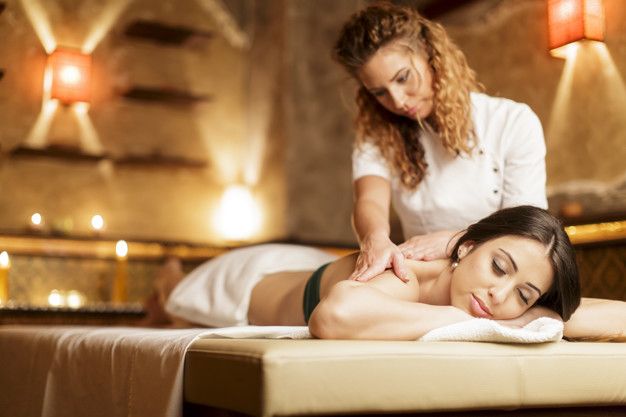
Interestingly, many patients and therapists swear by massage to reduce constipation or digestive upset since the increased circulatory benefits and relaxation of the abdominal and lower back muscles can help relieve symptoms. Swedish massage not only feels excellent but is relaxing and invigorating. It affects the nerves, muscles, glands, and circulation and promotes general health and well-being. As a treatment, it helps reduce emotional and physical stress and is usually suggested during a program for stress management. It also has many specific medical uses.
Relaxation:
Swedish well-being is the overall relaxation that it provides. a typical Swedish session lasts for 30 or hour and addresses most major muscle groups of the body. The session is typically performed on a soft massage table in an environment tthat’smeant to relax the recipient.
Improved Circulation:
The strokes of the massage relax individual muscles, while the general experience eliminates mental stress. The strokes also replicate the movements of the cardiovascular system. By performing the strokes toward the guts, Swedish massage drains metabolic waste from the limbs of the body. A number of the strokes utilized in Swedish therapy increase blood flow, which further quickens the removal of bodily waste.
Pain management:
Suppose you have a condition like arthritis and are affected by chronic pain. As a result, Swedish massage is often an efficient method for managing that pain in a natural way. Ask your in-home massage therapist about your pain points so they can target those areas and use a motion to enhance local circulation and reduce muscle tension.
Increases Flexibility & Range of Motion:
Swedish massage can elongate the muscles, open and lubricate the joints, and reduce swelling, all of which may ease movement and increase flexibility. By incorporating stretching techniques, Swedish massages can also increase a more fluid range of motion.
Relieving stress:
Multiple studies have found that Swedish massage is an efficient method for relieving anxiety. One study tracked the anxiety and sign levels of ICU patients before and after a 30-minute Swedish massage and found that anxiety was reduced, and vital signs improved immediately post-massage. Another small study done on women found that Swedish massage therapy helped alleviate stress and anxiety.
Support Healthy Immunity:
When it involves overall health, it’s important to require a holistic approach; increased physical pain can also improve mental stress, and increased stress from environmental factors can manifest within the muscles. Additionally, any stress can cause an immune deficiency. Because Swedish massage encourages relaxation and decreases body tension, it supports a healthy system.
Relieve Headaches:
Many headaches or migraines result from stress and poor circulation. Swedish massage relieves the strain related to tension headaches and improves circulation.
Decreased Fatigue:
One of the newest studies examines the correlation between Swedish massage and reduction in fatigue for cancer patients. In March 2015, Emory University announced a continuation of its clinical trials concerning the biological benefits of massage therapy. The Emory University announcement reads: “previous research… has already shown that in-home massage therapy can boost the system and reduce anxiety for people that do have cancer… We believe that therapeutic massage has many positive effects and hope to prove that, with other biological advantages, massage may diminish the incapacitation that cancer-related fatigue can cause for our patients.
The significant benefits of Swedish massage make it clear that a daily massage regimen is quite a luxury bud, a crucial ingredient in cultivating physical and emotional well-being. Maybe you only need a “relaxation” massage. But know that in your relaxation, you also care for both your body and mind in fundamental yet essential ways. If you need any professional in-home mawellbeingices you can contact us spa-mobile. We will provide you with excellent Swedish massage services.
